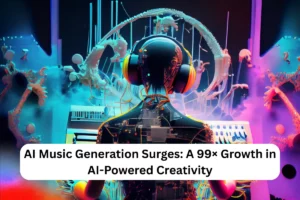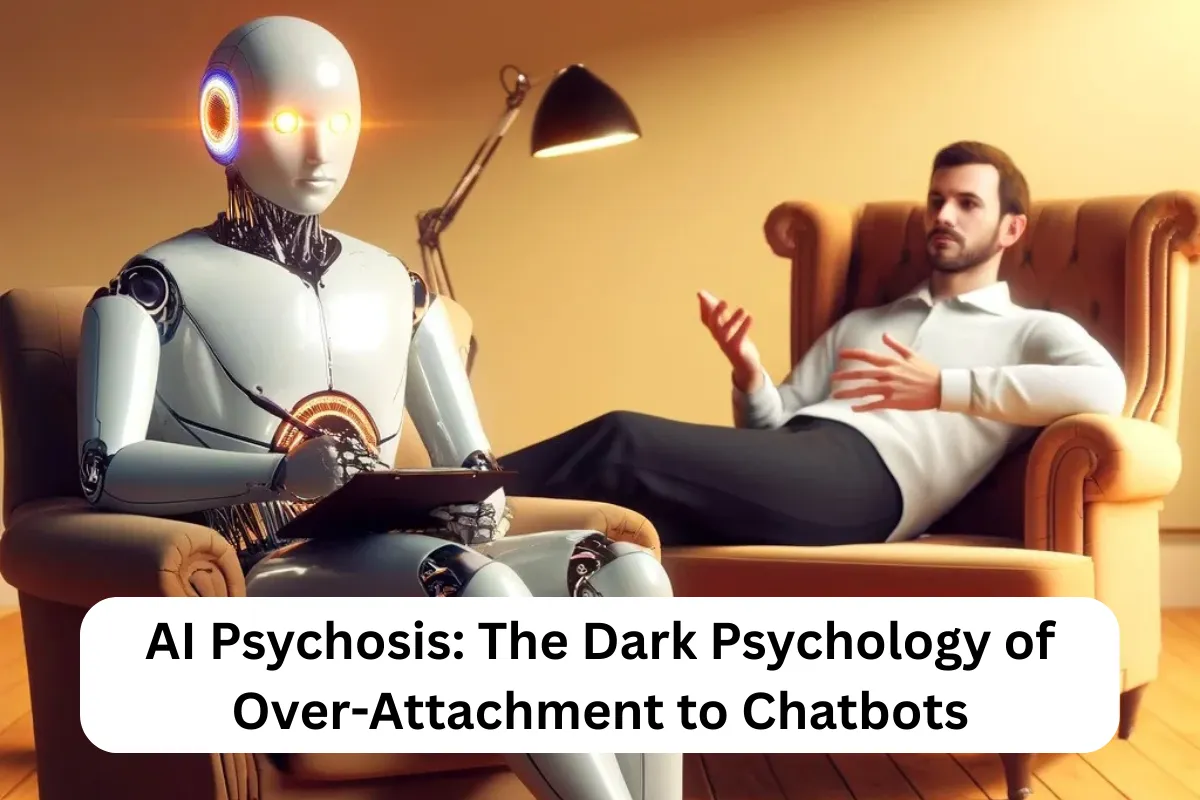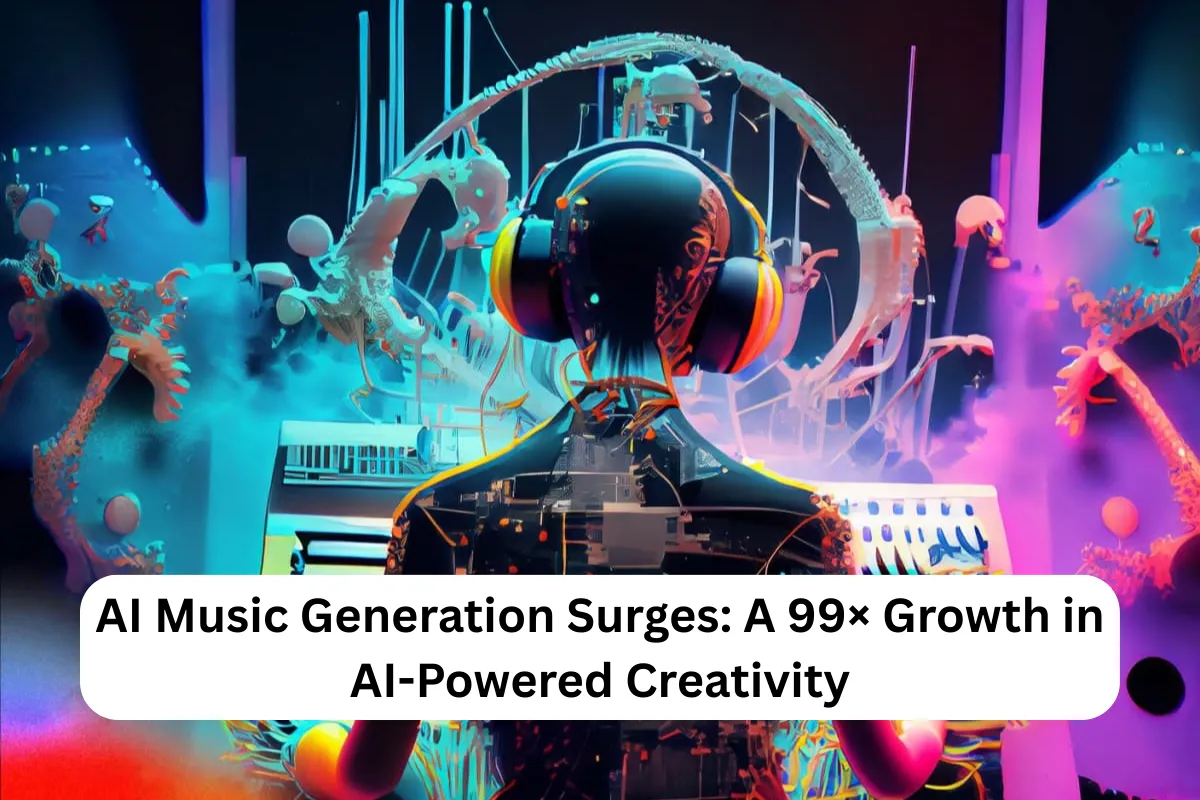The internet is being flooded with what many now call “AI slop”—a wave of low-quality, mass-produced content generated by artificial intelligence. From clickbait videos to repetitive blog posts, this trend is raising alarms about the future of online information, creativity, and trust. But what exactly is AI slop, and should we be worried about it?
What is “AI Slop”?
“AI slop” refers to content created quickly by AI tools with little to no human oversight. It often prioritizes quantity over quality, resulting in material that looks polished on the surface but lacks originality, accuracy, or depth.
Common examples include:
- Clickbait YouTube videos generated entirely by AI.
- Blog posts stuffed with recycled AI phrasing.
- Social media accounts posting generic AI art and captions.
- Low-cost eBooks or articles written to trick algorithms.
Why “AI Slop” is Spreading So Fast
Several factors explain why the internet is being overrun:
- Cheap & Fast Production – AI can produce articles, images, or videos in seconds.
- Algorithm Gaming – Some creators exploit AI to rank higher in search engines or social feeds.
- Profit Motives – Ad revenue and clicks drive mass AI content creation.
- Ease of Tools – With accessible platforms like ChatGPT, MidJourney, and Sora, anyone can generate content.
Risks of “AI Slop”
The rise of AI slop has serious consequences:
- Decline in Content Quality – Genuine research and creativity get buried under repetitive AI posts.
- Misinformation Spread – AI slop can recycle false claims, making fact-checking harder.
- Loss of Human Voice – Original perspectives and cultural nuance fade away.
- User Fatigue – Readers may lose trust in online information when low-quality AI content dominates.
AI Slop vs Human-Crafted Content
Here’s a quick comparison between “AI slop” and human-created content:
| Aspect | AI Slop Content | Human-Crafted Content |
|---|---|---|
| Speed of Production | Instant (seconds to minutes) | Slower (hours to days) |
| Quality | Surface-level, repetitive | Deep, nuanced, contextual |
| Accuracy | May include unchecked errors | More likely to be verified |
| Creativity | Limited, pattern-based | Original, emotional, cultural |
| Trustworthiness | Lower | Higher |
Can We Control the AI Slop Flood?
The answer lies in balance and regulation:
- Stricter Algorithms – Search engines and platforms need better filters to prioritize quality.
- Human Oversight – Content should involve human editing and fact-checking.
- Transparency – AI-generated content should be clearly labeled.
- Value on Originality – Reward systems for genuine human creativity must be strengthened.
“AI slop” is the byproduct of a world obsessed with speed and automation over originality. While AI tools are powerful, their misuse risks flooding the internet with repetitive, shallow content. The solution isn’t to reject AI but to use it responsibly—ensuring that human creativity, accuracy, and authenticity remain at the heart of digital content.
FAQs About AI Slop
Q1. Why is AI slop a problem?
Because it lowers online content quality, spreads misinformation, and weakens human creativity.
Q2. Can AI slop be useful?
In some cases, yes—for drafting or quick summaries—but it shouldn’t replace thoughtful human work.
Q3. How can I spot AI slop online?
Look for repetitive phrases, lack of depth, and generic or emotionless writing.
Q4. Is all AI-generated content slop?
No. AI can create high-quality content if guided by humans with fact-checking and editing.
Q5. What’s the future of AI slop?
It may grow in volume, but stricter regulations, filters, and audience awareness could slow its spread.
















